For Support to maximize its contributions to the business it must connect the impact of its efforts to strategic performance indicators such as time to value, customer adoption, revenue, growth, or retention.
Connect Support Actions to Business Outcomes
The return on investment companies make to provide technical support is difficult to quantify. This is because the work product of a Support organization is difficult to connect to measurable business outcomes. For example…
Responding to more customer issues does not necessarily translate to more revenue and satisfying customers with each service interaction does not guarantee that customers will continue to be loyal and renew subscriptions and service contracts.
Metrics such as case volume, time to resolution and satisfaction are important indicators, but they are not enough to indicate the full contribution Support makes to the business.
Here are ten steps to take to connect support actions to business outcomes.
1 |
Define the strategic role of Support by defining measurable goals and objectives that directly relate to support delivery.
Define how Support removes obstacles that prevent customers from adopting and using products. |
2 |
Establish the quantifiable connection between strategic Support goals and the benefits from achieving them.
Connect how obstacles removed and issues resolved increase adoption rates and accelerated time to value for customers. |
3 |
Align strategic Support goals with tangible performance indicators and measurable business outcomes.
Focus on issue prevention, accelerated time to resolution, and assuring adoption rates. Describe how time to resolution and first contract resolution rates impact time to value, satisfaction and adoption rates. |
4 |
Align management, team, and individual goals with strategic Support goals.
Recognize individual team efficiency, but reward contributions to strategic outcomes. |
5 |
Define the target performance levels for each key performance indicator.
Identify if faster response time can impact satisfaction, adoption and time to value. |
6 |
Define current performance levels for each key performance indicator.
Establish the level of Support performance required to maximize outcomes. |
7 |
Identify inhibitors to the attainment of target goals and objectives for key performance indicators.
Identify the factors that prevent Support from reaching optimal performance levels. |
8 |
Develop a plan for mitigating inhibitors to optimal Support performance.
Define how Support can overcome inhibitors to performance and make the case for more resources. |
9 |
Provide continuous reports on Support’s performance to key stakeholders.
Create and report on ongoing Support performance and the impact Support has on other strategic outcomes. |
10 |
Connect Support performance levels to the attainment of business outcomes.
Let management know how Support performance affects retention, expansion and overall growth. |
It’s not easy but necessary to tell the story about how Support actions drive positive business results.




